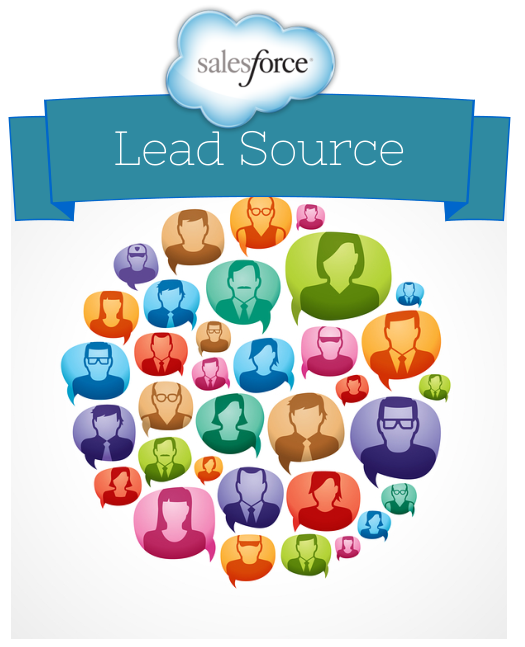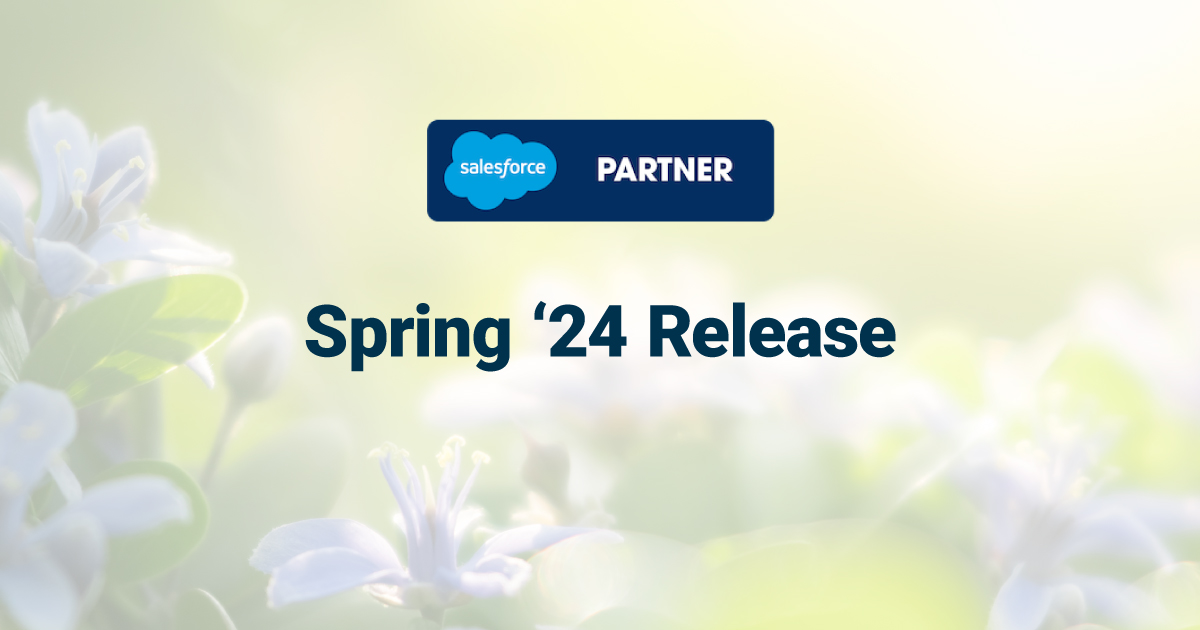Salesforce.com | Best Practices Using the Lead Source Field
One of the cardinal sins of Salesforce reporting is showing up to a meeting with an incomplete report. Reports generated from your Salesforce instance are some of the most critical assets you will have. These are the business critical KPIs (Key performance indicators) that you, your managers and executives will review on an ongoing basis. Therefore, to ensure you’re collecting the right data it is important to make sure the correct fields are required as well as the correct validation is in place.
For this article I’ll highlight the Lead Source field which is found in the Lead Object and Contact Object. This field should not be overlooked and should be handled with some extra care because it will provide great value to you and your organization.
The Benefits of the Lead Source field
The importance of the Lead Source field on the Lead and Contact objects is that you will be able to run a report showing the initial source of introduction of every single lead and contract in your Salesforce instance. This field is a Picklist (Salesforce’s definition of a drop down field) and the values in here should be all possibilities where a relationship could be obtained. Although the field comes with prepopulated values we recommend editing this field with values that are more suited for your company or organization. To obtain the most value out of this field we recommend listing the professional associations you are involved in, your social clubs, social networks, websites, advertisements, sponsorships, friends, family, sales activities such as cold calls, seminars or webinars, word of mouth and the list goes on.
- Advertisement
- Cold Call
- College Alumni Group
- Dreamforce
- Economic Club of Indiana
- Employee Referral
- External Referral
- Family
- Friend
- Golf
- Indianapolis Chamber of Commerce
- High School Alumni Group
- Field Event
- Lacrosse
- Other
- Partner
- Public Relations
- Salesforce.com
- Salesforce User Group
- TechPoint
- Trade Show
- Web Site
- Word of mouth
Where To Put the Field
With the initial install of Salesforce, the field is in the lead and contact objects and should continue to stay there. By default these fields are mapped together so if you convert a lead the value from the lead object transfers over to the contact object.
But you may also want to consider adding the Lead Source field to the Account object. We’ve seen some companies add it to both of the Account and Contact objects or each individually. You can make your decision based on how deep you want to track your lead source. When it is on the Contact object then you are able to track each personal relationship. But if you put it on the Account object then each contact under that Account gets associated to the origin of the lead source. Ultimately, the decision is whether you want to measure where you obtained the account or the contact.
The Valuable Reports from Lead Source
The benefit the data from the lead source field is the creation of a number of reports. In order to get the best benefit out of the these reports you must make the lead source field a required field in each object. If you avoid making lead source required then you will only obtain partial data from reports.
There are numerous reports you can run off the lead source field but at the very least these three reports.
- Accounts by Lead Source
- Opportunities by Lead Source
- Won Opportunities by Lead Source
These reports should be a part of a manager’s dashboard so they are viewed on a regular basis. By knowing where new opportunities are being obtained will help position sales people as well as the company in spending the right time and money in the most beneficial areas moving forward. For example, I use to play in a men’s lacrosse club which introduced me to many others who worked for companies that could use our services. As a result, some of them engaged our company in various projects. Now, I am able to run a report and see the sum of all opportunities we won from contacts I met in the lacrosse club.
Whether it is quarterly or annually, sales people should run their lead source reports to determine where they have generated the most profitable activities and then share this with others on their sales team. In addition, when it comes time to determine where to spend marketing dollars and valuable selling time this report will be beneficial.
Consider This Advanced Report
One of the more advanced reports we’ve created has produced insights beyond sum of total won opportunities.
Create a report within Salesforce with the following columns:
- Lead Source
- Sum of Total Won Opportunities
- Number of total opportunites won
- Average size of won opportunities
- Win-Ratio
Just looking at the sum of the total amount of won opportunities only shows you a part of the data you need. But there are various factors such as the cost of business, time or other intangibles that affect profitability. Therefore, by measuring the average size as well as the win-ratio will also help in determining the success of each lead source and the business decisions around it. For example, one year we noticed that LinkedIn was the lead source that generated the fourth highest revenue. But the average project size was the largest and the win-ratio was the highest. Therefore, for planning purposes we decided to invest more money and time into our LinkedIn activities and campaigns.
Validation rules
Besides making sure the lead source field is required you should consider some validation rules too. We recommend creating an additional custom text field and give it an appropriate name such as “Additional Lead Information” and place it near the Lead Source field.
Your validation rule should require the Additional Lead Information custom field to have a value based on what was selected in the Lead Source. For example, we have a value in our Lead Source of external referral. If this is selected then it is required to add the referrer’s name in the Additional Lead Information field. The goal here is to collect as much valuable data as possible so we not only know how much we generated from our external referrals but how much each individual person has referred to us. Now we can better determine who we should build strong relationships with.
Final Thoughts
Going forward I hope that you make this a required field as well as creating validations that make sense for your company. But if you want to go back in time and update records already in your Salesforce than I recommend making a conscious effort to always update the now required field. But I would encourage you to download your records to a spreadsheet, update the records lead source and then re upload it to Salesforce. Is a bit more advanced and would probably need a salesforce administrator to help you.
~Good Luck













